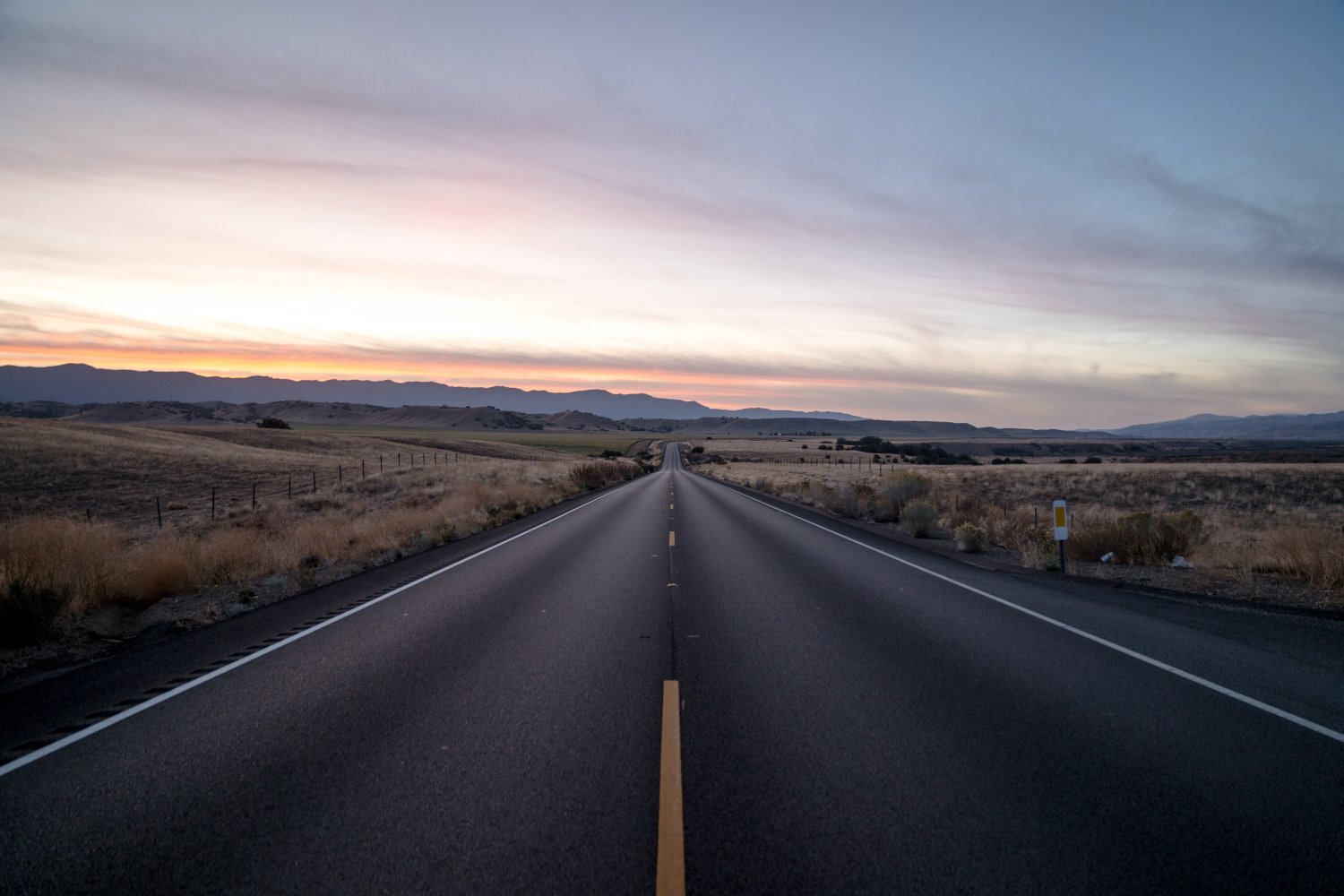
"A wide-angle lens provides an image that's wider than what you can see with your eyes. Wide-angle focal lengths sit in the 8mm to 45mm range. Because of the wide-angle field of view, when you look through a wide-angle lens, you'll encounter an expansive scene. For instance, if you're standing on a beach at sunset, a wide-angle lens will show you the setting sun, but it'll also show you the rocks at your feet and the clouds high in the sky:"
"Plenty of photographers love wide-angle lenses, and for good reason: Wide-angle lenses can capture breathtaking landscapes, stunning environmental portraiture, jaw-dropping architecture, and so much more. But what exactly is a wide-angle lens? And how can you create amazing wide-angle photography? In this guide, I explain everything you need to know about working with wide-angle glass. I offer basic definitions, and I also share my favorite tips for wide-angle images - so that, by the time you're finished reading, you'll be ready to capture pro-level results."
Wide-angle lenses produce a field of view wider than human vision and typically fall between 8mm and 45mm focal lengths. Smaller focal length numbers yield progressively wider perspectives, with 35mm described as slightly wide, 24mm as moderately wide, and 10mm as extremely wide. Wide-angle glass reveals expansive scenes that include foreground detail and distant elements simultaneously, useful for landscapes, environmental portraiture, and architecture. Common wide-angle options include both zooms and primes such as 12-24mm, 16-35mm, 24mm, and 35mm. Wide-angle lenses contrast with telephoto lenses, which narrow the field of view and magnify distant subjects.
Read at Digital Photography School
Unable to calculate read time
Collection
[
|
...
]